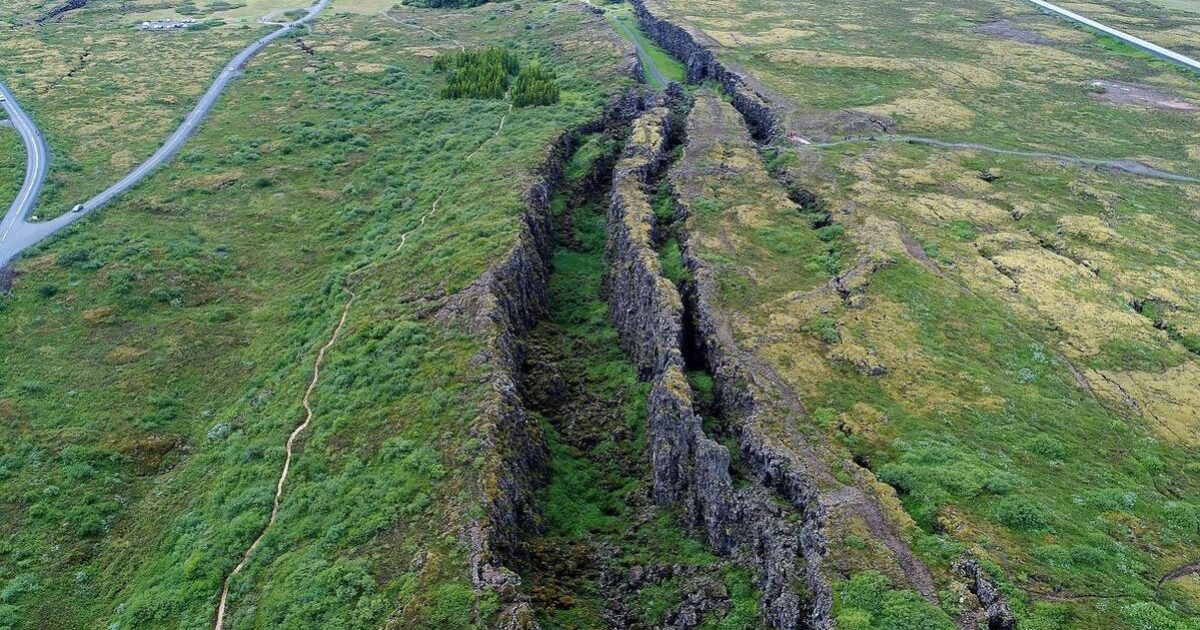Earth Was A Tectonically Active World Over 3 Billion Years Ago

The Mid-Atlantic Ridge in Iceland. This area is the boundary between the North American and Eurasian tectonic plates, which move apart ~ 2.5 cm/year.
getty
Subduction and the formation of continents, a crucial geological process on Earth, may have begun much earlier than traditionally believed. This surprising discovery comes from a new study published by an international team of researchers.
The Hadean Eon, spanning from 4.6 to 4.0 billion years ago, remains the most enigmatic chapter in Earth’s history. It began with the planet’s formation, followed by a massive collision with a Mars-sized body that led to the creation of the Moon and the complete melting of Earth’s interior. Solidification of Earth’s crust began around 4.5 billion years ago, but what happened next has long been debated.
The prevailing theory suggests that, until at least the end of the Hadean, Earth was locked in a “stagnant lid” tectonic regime. In this model, our planet was covered for its first 2 to 3 billion years by a rigid, immobile outer shell with convection processes occurring beneath it in Earth’s mantle. Only slowly this shell broke open, with fragments sinking downward into the Earth’s interior, a process called subduction and today a driving mechanism behind plate tectonics.
Now, researchers from the ERC Synergy Grant Project Monitoring Earth Evolution through Time (MEET) — a collaboration between geochemists from Grenoble (France) and Madison (USA), and geodynamic modelers from GFZ Helmholtz Centre for Geosciences in Potsdam (Germany) — are challenging that view.
In their new study, the MEET team presents evidence that subduction and continental crust formation were already active and more vigorous in the Hadean than previously thought. Using an innovative analytical technique, the Grenoble team measured the chemical composition in melt inclusions trapped within 3.3-billion-year-old olivine crystals recovered from fossil lava of the Weltevreden-Formation in South Africa. The preserved melt formed deep within Earth and shows low levels of trace elements like niobium, uranium and cerium. The GFZ team then used geodynamic simulations to interpret these geochemical signals in terms of early Earth processes. Likely the trace elements were removed from Earth’s mantle by volcanism, trapping them in the first rocks of today’s continents. Large plumes of overheated material rising upwards in Earth’s mantle teared this early crust apart, pushing fragments downwards.
This discovery suggests a much more active early Earth, but this tectonic activity was still unstable, with crust sinking down not in a continuous motion, but in pulses, stopping for millions of years and then resuming activity.
Plate tectonics has, so far, only been observed on Earth. The new study, together with previous research, confirms that between 3.8 to 2 billion years ago Earth switched from a stagnant crust towards modern plate tectonics, consisting of different size plates that move relative to each other along faults.
The full study, “Growth of continental crust and lithosphere subduction in the Hadean revealed by geochemistry and geodynamics,” was published in the journal nature communications and can be found online here.
Additional material and interviews provided by the GFZ Helmholtz Centre for Geosciences.

